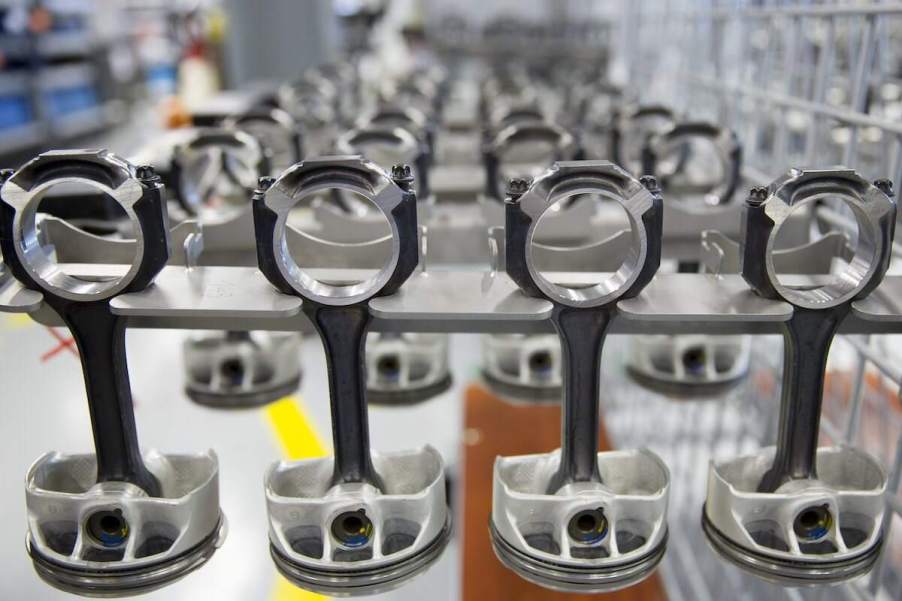
What Is Piston Compression Height, and Why Is It Important?
If you’re a car enthusiast, you know that the intricacies of auto parts can be daunting and regular maintenance is necessary. With the market becoming more streamlined over the years, finding the correct parts for your model is still challenging. For example, one part is piston compression height, and understanding it is essential for ensuring optimal engine performance.
What is piston compression height?

Piston compression height is the distance between the centerline of the piston pin and the top of the piston crown (or dome). This measurement plays a vital role in determining which type of piston you need for your engine.
More specifically, if your pistons are too short or too long compared to what your engine requires, you won’t get optimal performance out of your vehicle. To ensure that all four pistons provide equal combustion pressure throughout each cylinder head, they must all have the same compression height.
How to calculate it
Calculating piston compression height is relatively straightforward. You can use a simple formula to determine your piston compression height, including your block’s deck height, the length of your connecting rods, and your crank stroke.
MotorTrend provided an example of how to get the most accurate calculations: “Assume you have a block with a 9.00-inch deck height, 6.000-inch connecting rods, and a stroke of 3.75 inches. First, divide the stroke by two and add that to the rod length: 3.75 / 2 = 1.875, and 1.875 + 6.00 = 7.875. Next, subtract that answer from the deck height: 9.00 7.875 = 1.125. So, the answer is that the piston compression height should be 1.125 inches.” If you want the piston to be 0.010 above or below the deck, all you need to do is add or subtract that amount from the compression height.
You can also use an online calculator, like this one from United Engine & Machines.
Why do people get confused by the term “compression height”?
Many people tend to get confused when they hear “compression height,” as this terminology suggests something related to compression ratio. However, these two concepts have nothing to do with one another. Diamond Racing Pistons even mentions that this term shouldn’t be applied to piston terminology at all except for the fact that it relates to the volume of the piston crown surface.
While some engines may require higher-than-normal compressions ratios to reach maximum efficiency levels, this does not affect piston compression height nor alter its importance for achieving optimal engine performance.
The bottom line
Understanding piston compression height and how it affects engine performance is essential to ensure that all four cylinders generate equal combustion pressure throughout each cylinder head. The good news is that calculating this measurement is pretty easy, and various tools can help you. If you need any additional auto maintenance advice, contact your local mechanic for more information.



